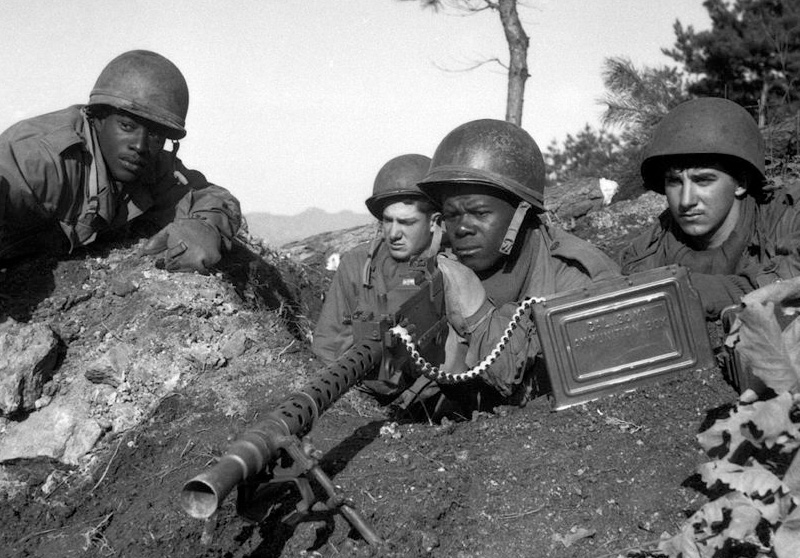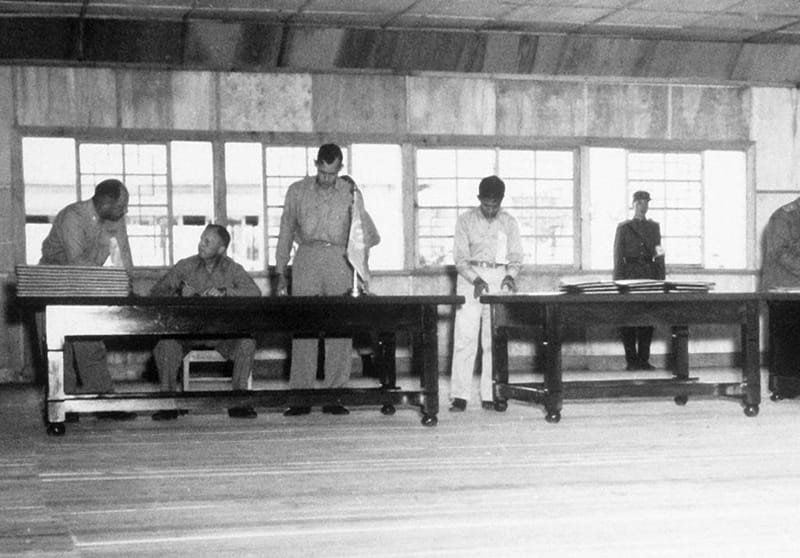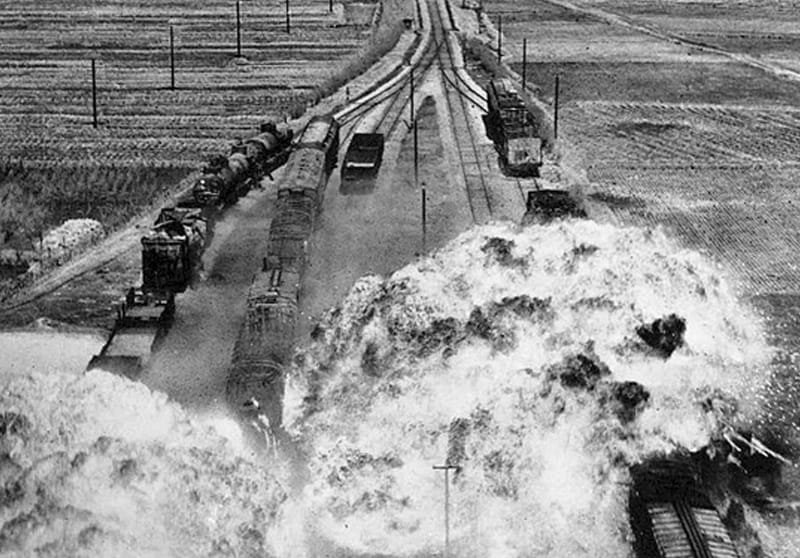The Korean War was a major conflict that lasted from 1950 to 1953 and had far-reaching consequences for the Korean peninsula, the United States, and the global community. The war began when North Korean forces invaded South Korea, but the reasons for the invasion are complex and have been the subject of much debate among historians.
One of the main factors that led to the Korean War was the division of the Korean peninsula after World War II. Korea had been under Japanese colonial rule since 1910, but after Japan’s surrender in 1945, the Allies agreed to divide Korea into two zones of occupation. The Soviet Union controlled the north, while the United States controlled the south. The division was intended to be temporary, and a unified Korea was envisioned for the future. However, as tensions between the United States and Soviet Union grew during the Cold War, the possibility of reunification became increasingly remote.
In 1948, the Republic of Korea was established in the south with the support of the United States, while the Democratic People’s Republic of Korea was established in the north with the support of the Soviet Union. Both sides claimed to be the legitimate government of all of Korea, and both sought to reunify the peninsula under their own control.
In the early morning of June 25, 1950, North Korean troops crossed the 38th parallel and invaded South Korea, sparking the Korean War. The reasons for the invasion are complex, but a number of factors were likely involved. North Korea’s leader, Kim Il-sung, had long advocated for reunification under his own rule, and he may have believed that the United States would not intervene to stop him. The Soviet Union may have also encouraged the invasion as a way to extend its influence in Asia and test the resolve of the United States.
The United States, which had stationed troops in South Korea since the end of World War II, responded quickly to the invasion. President Harry S. Truman authorized the use of U.S. military forces to help repel the North Korean advance, and he secured the support of the United Nations for the effort. The United States and its allies ultimately succeeded in pushing North Korean forces back across the 38th parallel and establishing a stable front line.
The Korean War continued for several more years, however, as both sides fought for control of the peninsula. The conflict ultimately ended in a stalemate, with both sides agreeing to a ceasefire in 1953. The 38th parallel was reestablished as the demarcation line between North and South Korea, and the two sides remain divided to this day.
Wrapping up, the Korean War was a complex conflict that was fueled by a variety of factors, including the division of Korea, Cold War tensions, and the ambitions of political leaders on both sides. While the war officially began with North Korea’s invasion of South Korea in 1950, the underlying causes of the conflict can be traced back to the end of World War II and the emergence of the Cold War.
- The Battle of Midway: Turning the Tide in the Pacific - June 7, 2023
- The D-Day Operation of June 6, 1944 - June 6, 2023
- The B-29 that Changed History - June 4, 2023





